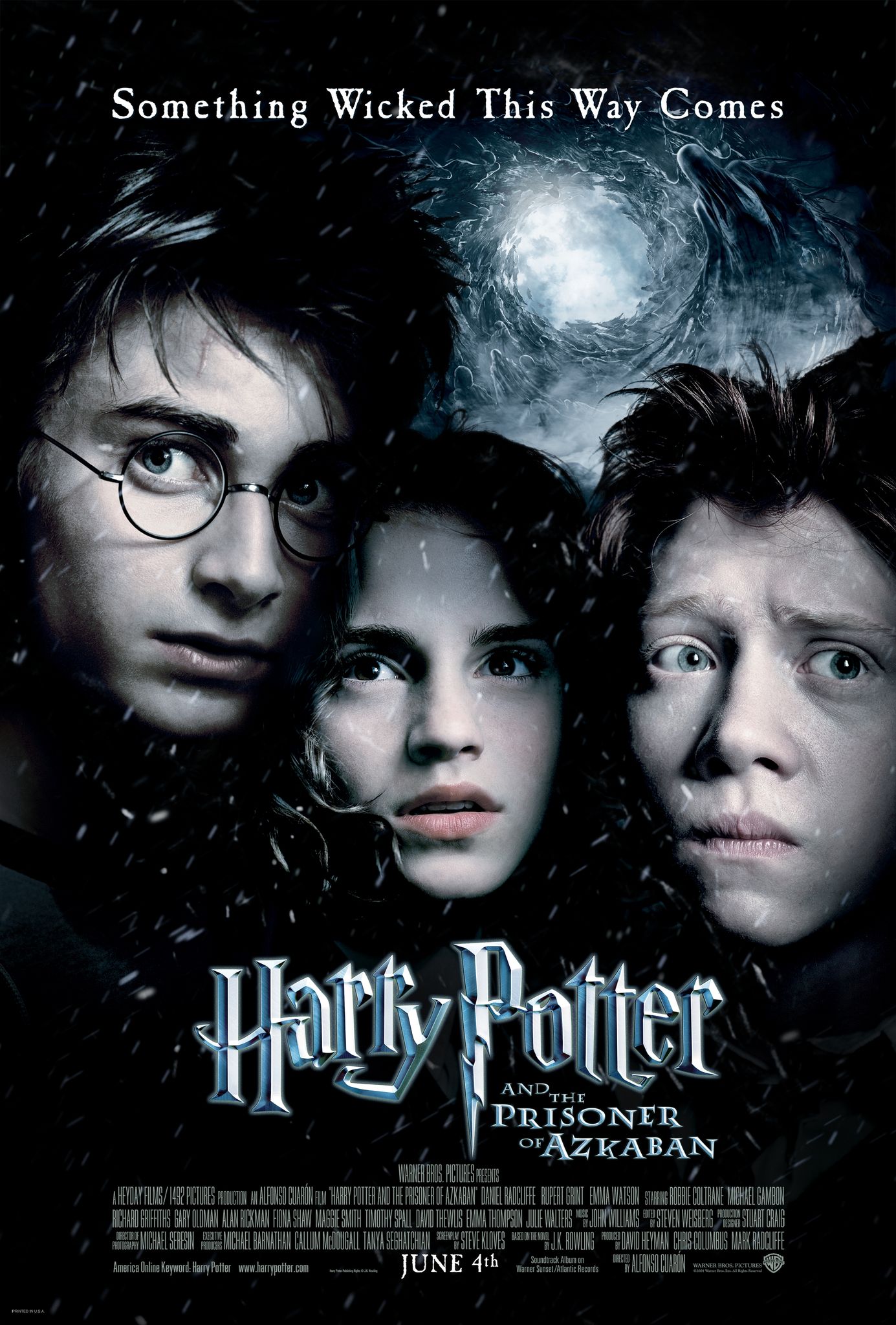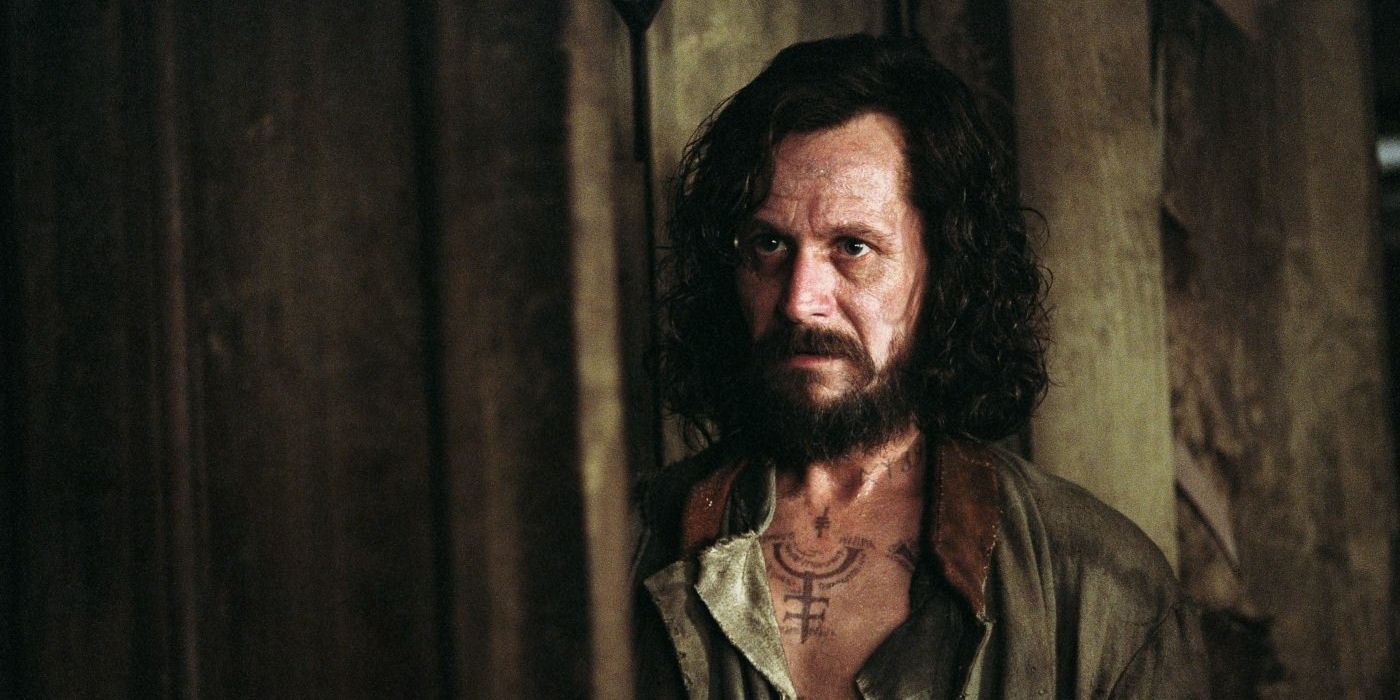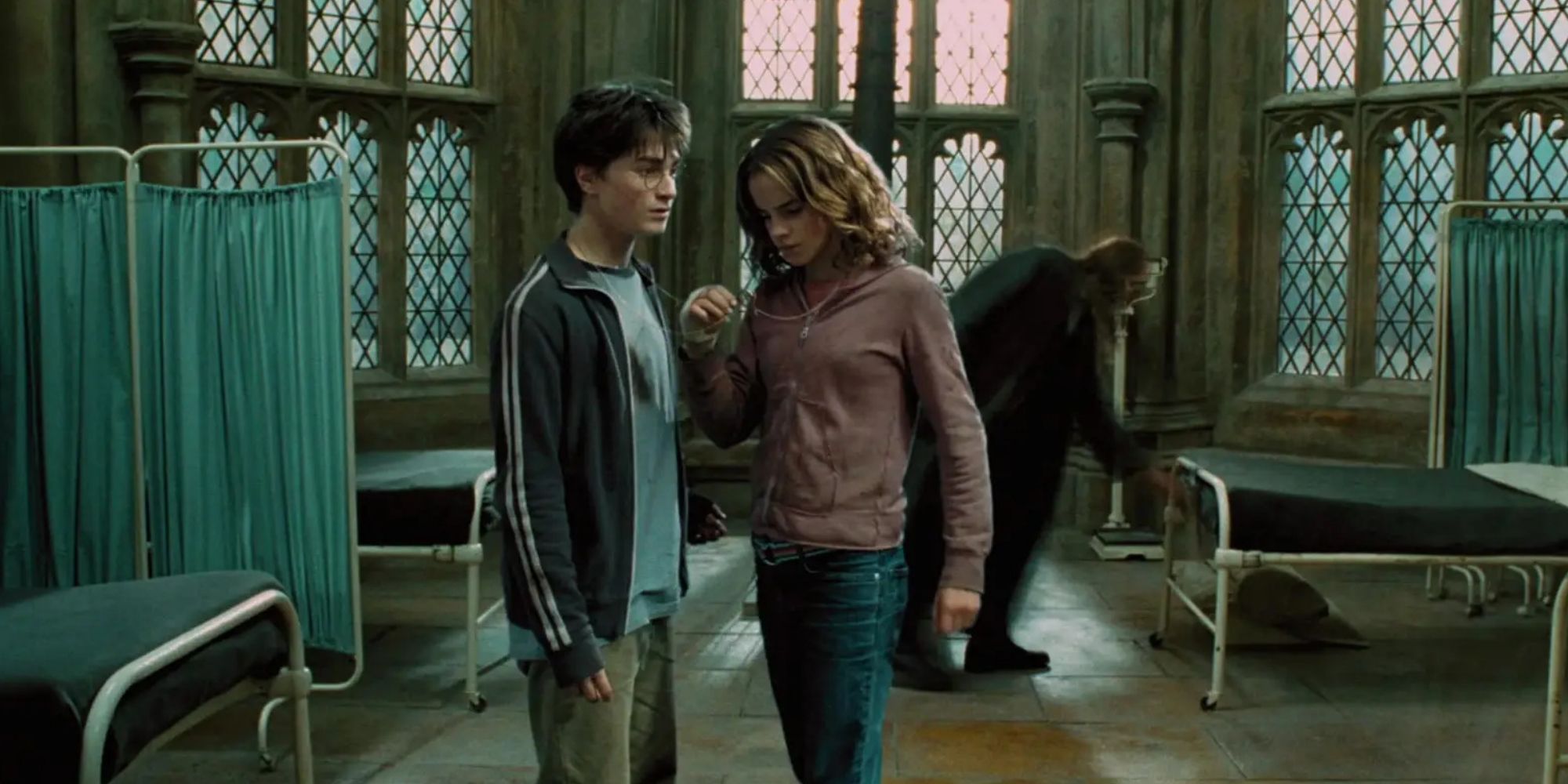The Big Picture
- Alfonso Cuarón's creative freedom helped make Harry Potter and the Prisoner of Azkaban the best film in the franchise.
- The film's unique visual style set the stage for the success and experimentation seen in later Harry Potter movies.
- Prisoner of Azkaban is a powerful coming-of-age story that emphasizes the theme of change, making it the most captivating movie in the series.
As both an iconic film franchise and a beloved book series, Harry Potter is not lacking in strong, passionate takes on which installment is the saga's best. The world that J.K. Rowling created captured the hearts of an entire generation, and her stories were lovingly adapted to the big screen in a pretty darn great run of eight films in 10 years. While the author's harmful anti-trans statements have since divided her audience and affected her profits, the Harry Potter films remain, for many, sentimental staples of magical reminiscence. Of these eight films, everyone has their favorite. It may be tied to which book they love best, which one conjures the strongest feelings of nostalgia, or which one most heavily features their favorite character. However, one Harry Potter movie stands above the rest, and I’m here today to make the case that the third film, Harry Potter and the Prisoner of Azkaban is unequivocally the best of the bunch.

Harry Potter and the Prisoner of Azkaban
Harry Potter, Ron Weasley, and Hermione Granger return to Hogwarts School of Witchcraft and Wizardry for their third year of study, where they delve into the mystery surrounding an escaped prisoner, Sirius Black, who poses a dangerous threat to the young wizard.
- Release Date
- May 31, 2004
- Director
- Alfonso Cuarón
- Cast
- Daniel Radcliffe , Richard Griffiths , Pam Ferris , Fiona Shaw , Harry Melling , Adrian Rawlins
- Runtime
- 141
- Writers
- J.K. Rowling , Steve Kloves
Alfonso Cuarón Was Given Creative Freedom on 'Harry Potter and the Prisoner of Azkaban'
Harry Potter and the Prisoner of Azkaban is perhaps the most important film in the Harry Potter movie franchise for reasons relating to what was going on behind the scenes. The first two films were adoring, faithful adaptations of Rowling’s first two books, spearheaded by director Chris Columbus. He laid the foundation on which the entire franchise was built, and crucially put together the core cast that would remain (mostly) intact throughout its entire run. But after shooting Sorcerer’s Stone and Chamber of Secrets back to back, Columbus stepped away from the director’s chair to spend time with his family, and thus handed over directing duties to Alfonso Cuarón. At this point, the producers of the film franchise could have gone one of two ways. They could have forced Cuarón to mimic Columbus’ style and essentially keep things the same. Or they could have given the Y tu mamá también filmmaker and eventual Best Director Oscar winner the freedom to play around with the form and put his own stamp on the franchise. Luckily, they chose the latter route.
Beginning with Prisoner of Azkaban, Rowling’s books start becoming much longer and far denser. While it was relatively “easy” to adapt Sorcerer’s Stone and Chamber of Secrets for the big screen without leaving out any major plot points, that task became more difficult as time wore on. So, Cuarón and screenwriter Steve Kloves made the brilliant decision to hone the focus of Prisoner of Azkaban on Harry Potter (Daniel Radcliffe) himself. If a story or subplot didn’t directly affect Harry, it would fall by the wayside. This would become the North Star for the adaptations moving forward, and it’s a big reason why the Harry Potter film franchise was able to succeed without tripping over itself trying to fit in every single thing from the books.
Cuarón Brings a Darker Visual Style to 'Prisoner of Azkaban'
Thus, by significantly altering the adaptation approach with Prisoner of Azkaban, Cuarón put the franchise on a course that would ensure success all the way up through the end. But the second key addition Cuarón made that positions Prisoner of Azkaban as one of the most important Potter movies was altering the aesthetic approach. Columbus’ visual style in the first two films was fairly classic, with bright lighting and a traditional coverage style (though he was also constrained by the inexperience of the young actors). With Prisoner of Azkaban, Cuarón mixed things up significantly, working with cinematographer Michael Seresin to bring in a darker palette and more ambitious camera moves that served to underline the key thematic throughline of the story: change. This eagerness to switch up the visual approach without betraying what came before would become a mainstay of the franchise, as directors Mike Newell and David Yates would subsequently come in and feel the freedom to mix things up thanks to Cuarón’s handiwork on Prisoner of Azkaban.
'Harry Potter and the Prisoner of Azkaban' Is a Powerful Coming-of-Age Story
However, the visual approach and screenplay adaptation aren’t the only reasons Prisoner of Azkaban stands out as the best Harry Potter movie. It all comes down to the source material, and at its heart, Rowling’s third book is the story of change. In Sorcerer’s Stone and Chamber of Secrets, Harry, Hermione, and Ron are children. But in Prisoner of Azkaban, the characters are entering adolescence and thus are undergoing a significant evolution as they work to figure out just what kind of adults they want to become.
For Harry, this means confronting the truth about his family and reconciling the fact that his parents’ best friend seemingly betrayed them. That puts Harry on a collision course with Sirius Black (Gary Oldman), whom he now despises and wishes to hold accountable for his parents’ deaths. It’s a revenge story and a crisis of identity wrapped into one. For Hermione (Emma Watson), we see a young ambitious girl struggling to excel to the best of her abilities at school (made possible by the possession of a time turner) while also learning to bend the rules a bit to stand up to her friends (see: when Hermione sucker-punches Draco). And for Ron (Rupert Grint), well, Ron spends most of Prisoner of Azkaban losing track of and getting bitten by his pet rat (who’s actually Wormtail —twist!), but we love Ron all the same.
From the opening sequence, Cuarón’s direction emphasizes these themes of change. Harry sets out alone after blowing up Aunt Marge, and, indeed, it’s the first time he’s out exploring the world by himself. Even the various other students at Hogwarts are exhibiting peak adolescence as their uniforms vary from tightly buttoned to untucked and unkempt. All of these characters are growing up, and they’re trying to figure out where and how they fit in.
'Prisoner of Azkaban' Is the Most Captivating Harry Potter Movie
It’s not just the fact that the kids are becoming teenagers that makes Prisoner of Azkaban so compelling: it’s the excellent ways —both subtle and obvious— in which the filmmaking underlines and expands on this growth. It’s one thing for a character to say, “Boy, becoming a teenager sure has its challenges,” and it’s another for the film to rely on the storytelling itself to get this point across. Prisoner of Azkaban is a masterclass in “Show, don’t tell.”
Then, of course, there’s the time travel of it all. Time travel is a difficult concept to pull off convincingly in any story, but somehow Cuarón manages to make the time travel in Prisoner of Azkaban feel fresh and unique. This is to do with both Rowling’s source material and how Cuarón chooses to show the passage of time, right down to the stunning camera shot that zips over Harry and Hermione’s heads and right through the giant clock in Hogwarts castle. The time travel aspect never feels like it’s overshadowing the story of Prisoner of Azkaban, and yet it is endlessly compelling, no matter how many times you’ve seen the film.
Indeed, the ways in which Harry Potter and the Prisoner of Azkaban is a joyful and satisfying viewing experience are innumerable. Michael Gambon’s new, playful spin on Dumbledore; John Williams’ franchise-best score; the whole Shrieking Shack sequence. Each of these little moments works so well, and stands out so memorably, thanks to Cuarón’s confident hand behind the camera. And that’s not to say the other Potter movies don’t also have great moments and interesting direction —in my mind, there’s not a bad film in the bunch. Nonetheless, Harry Potter and the Prisoner of Azkaban goes above and beyond, and is artful and entertaining in such fascinating, unique ways, that it stands tall as the best Harry Potter movie of the series.
Harry Potter and the Prisoner of Azkaban is available to watch on Max in the U.S.



